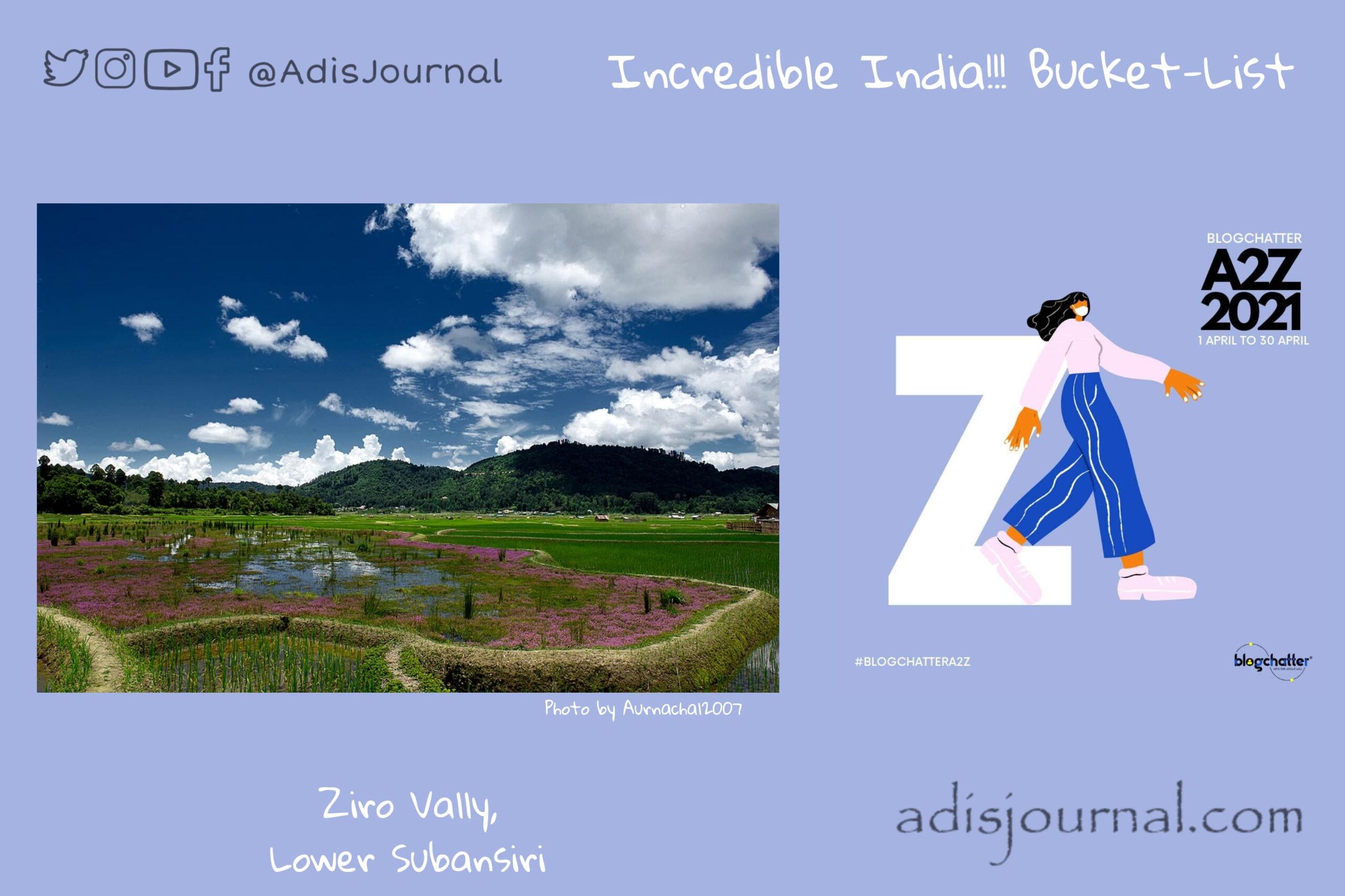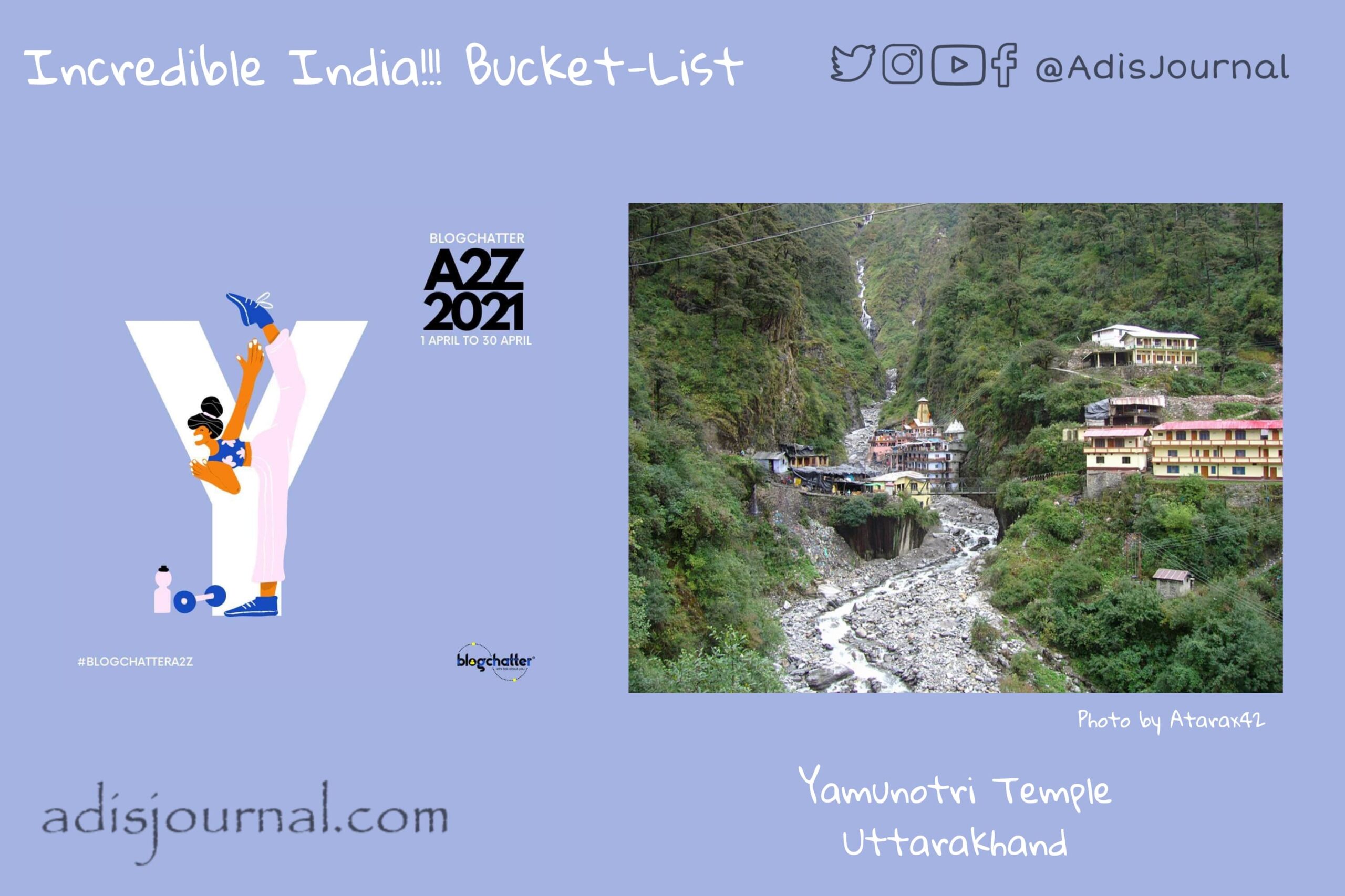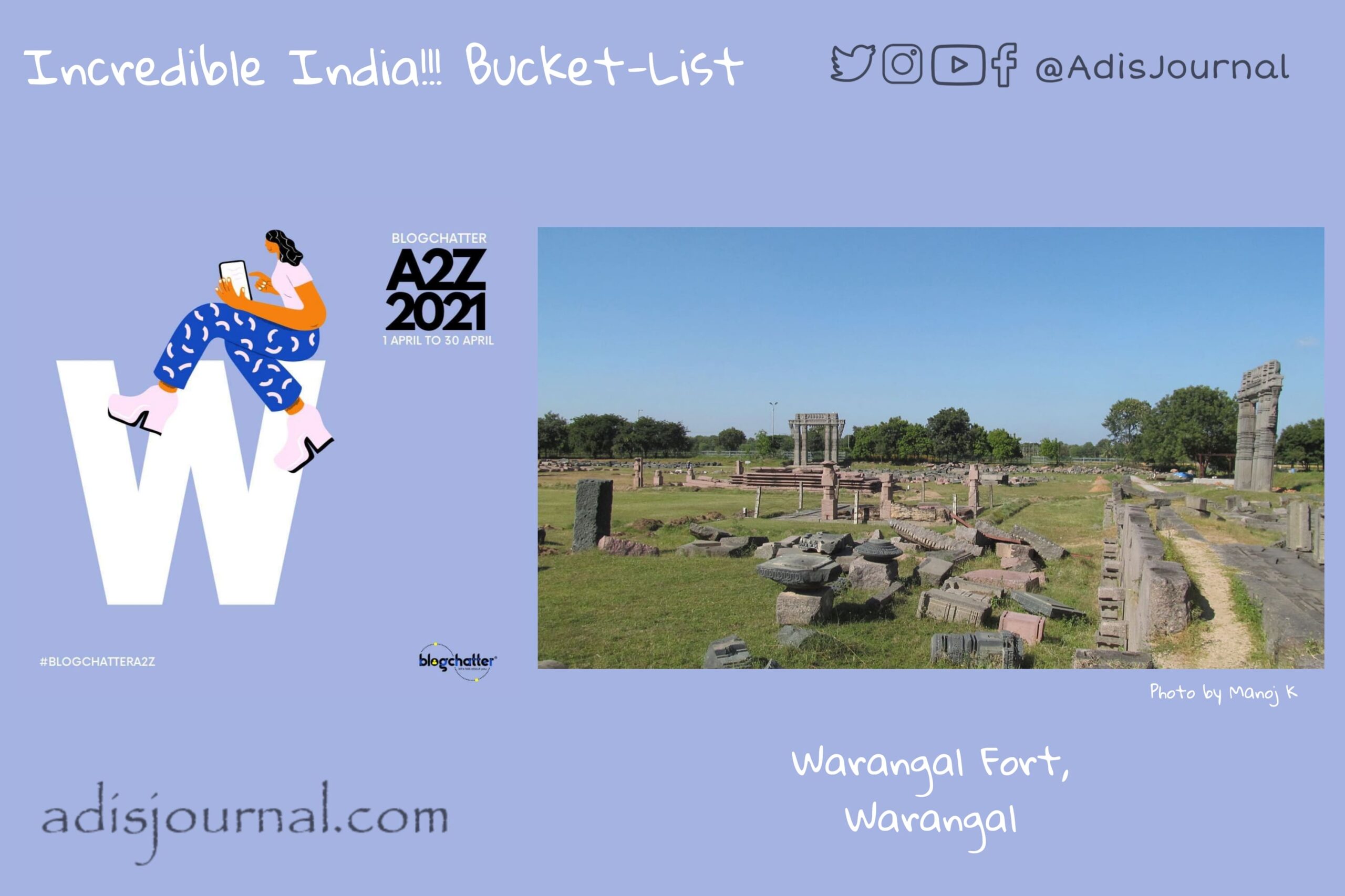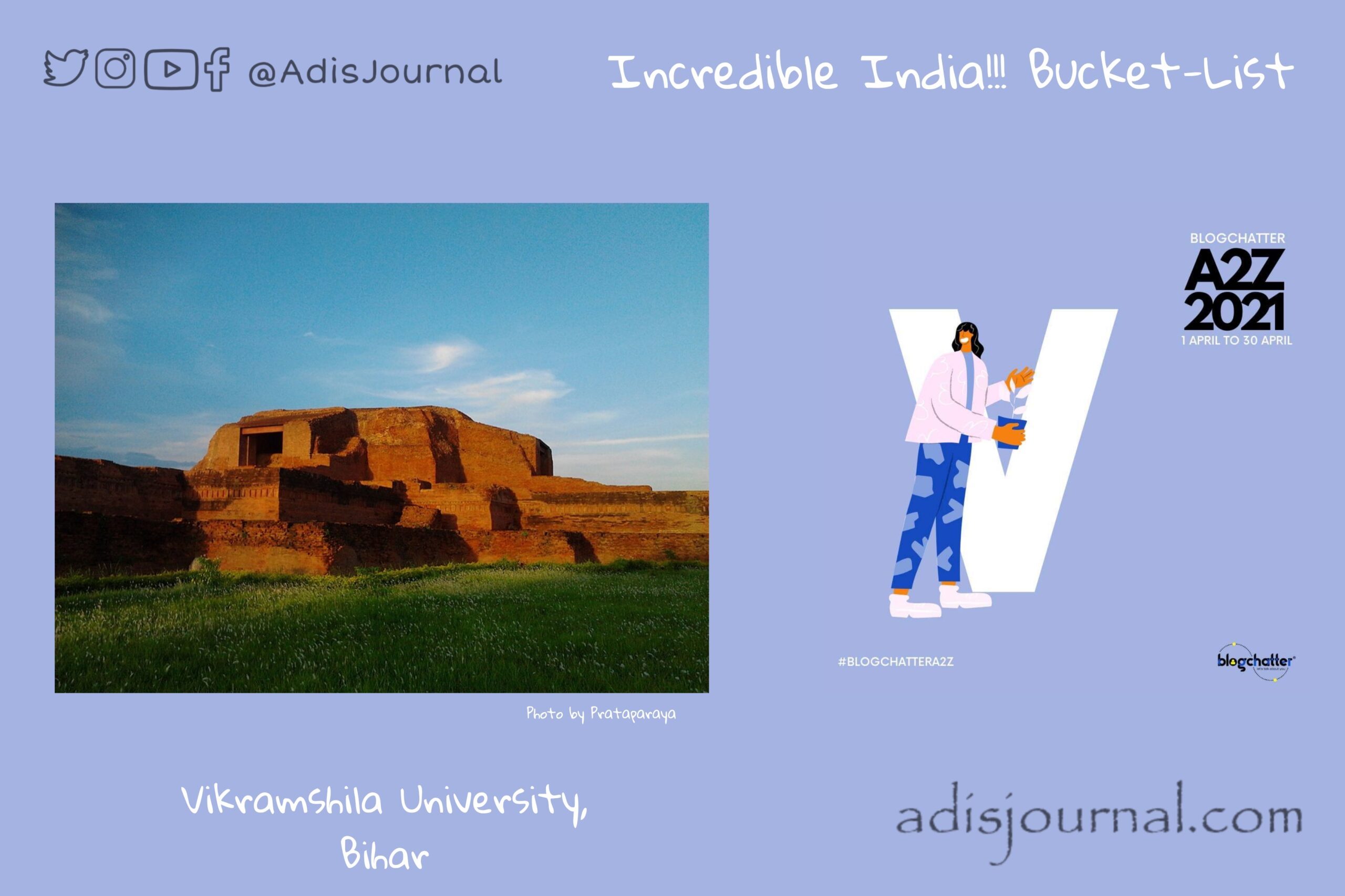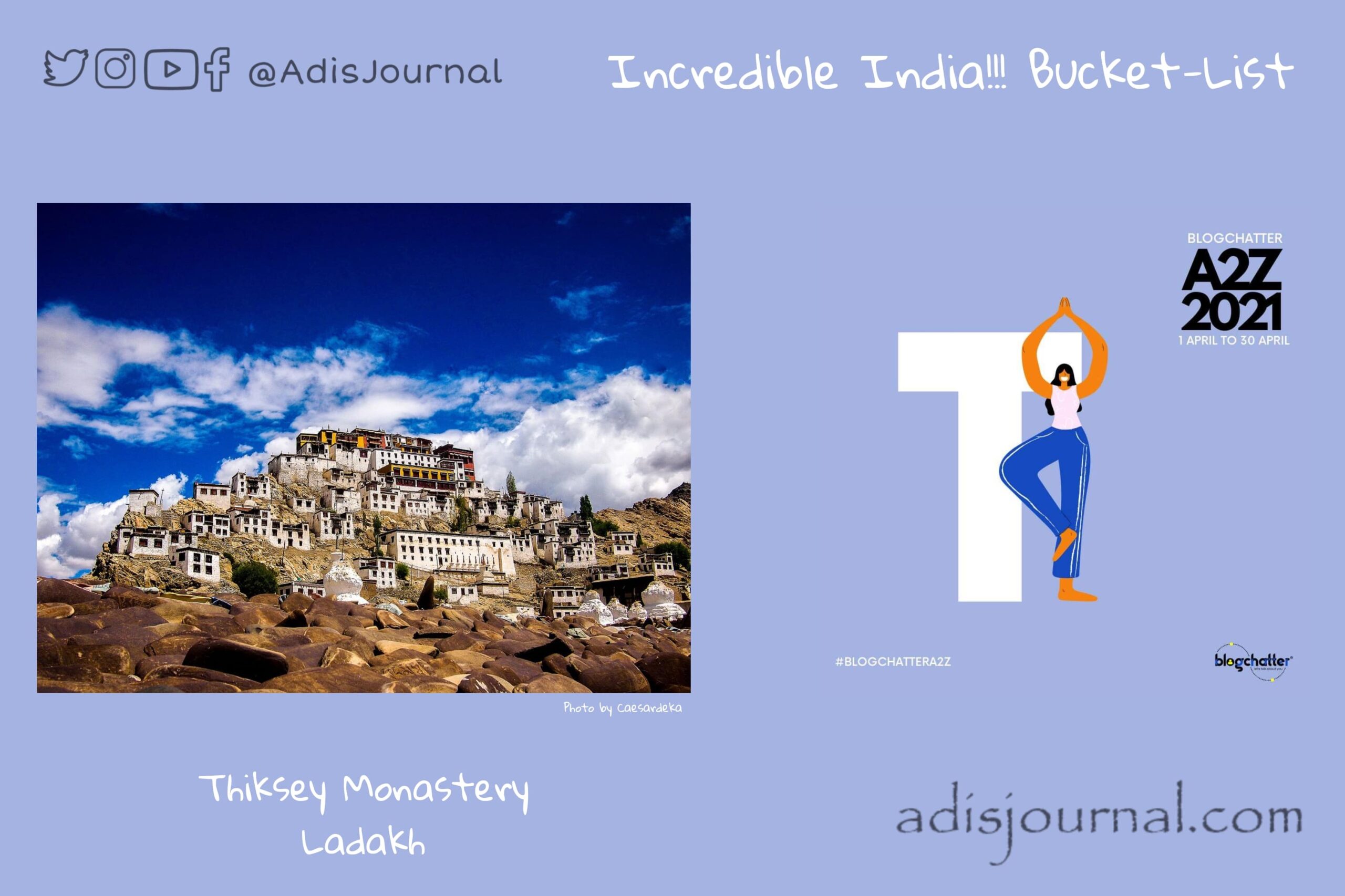
North-Eastern India is blessed with the sheer beauty of nature. Small towns and villages snuggled in valleys of Himalaya are little heavens on earth. Today we are visiting one such heaven in Arunachal Pradesh. Ziro Valley, a heavenly town in Lower Subansiri District.
About Ziro Valley
Ziro is a district headquarters of Lower Subansiri District. It is one of the oldest towns of Arunachal Pradesh. Rice fields surround this small yet beautiful hill station. The town of Ziro is nestled between a cluster of beautiful pine trees. This plateau is at an altitude of 1500 m above sea level. As a result, Ziro is full of a distinguished and rich flora and fauna and its biodiversity. This makes it an ideal destination for nature lovers. Thick forest covers this entire region and is a home to tribal people.
The ApaTani tribe which calls these lands as their home is not a nomadic tribe, practicing permanent wetland agriculture. This is very different from the prevalent jhoom farming. Other than wetland farming, they earn their livelihood by making handicrafts and handloom products. They worship nature gods. The tribe is known for their colorful culture with various festivals. Apa Tani people have vibrant traditional village councils called bulyañ. This has made Ziro Valley a good example of a living cultural landscape where man and environment have harmoniously existed together in a state of interdependence even through changing times, such co-existence being nurtured by the traditional customs and spiritual belief systems.
Gallery

Ziro Valley Festival Photo by Sandro Lacarbona Copyrights CC BY-NC-ND 2.0 
Paddy fields at Ziro – Photo by Ashwani Kumar – Copyrights CC BY-SA 4.0 
Ziro valley in summer season Photo by Arunachal2007 Copyrights CC BY-SA 4.0
Tourist attractions
The major tourist attractions of Ziro are the green serene Talley Valley, the hillock Ziro Putu, Tarin fish farm, the tall idol of Shiva Lingam at Kardo. ApaTani people celebrte several festivals namely the Myoko Festival in March, the Murung Festival in January and the Dree Festival in July.
Ziro is also known for its outdoor music festival. First festival happened in the year 2012. Members of the ApaTani tribe host this festival. Festival celebrates the independent music scene of India. Festival is celebrated on two stages, Donyi(Sun) and Polo(Moon), constructed by local artisans and made almost completely of bamboo. As a result, it is noted to be one of the most eco-friendly festivals in India employing locally sourced material for the infrastructure. The festival has a zero plastic policy and encourages attendees to be responsible for leaving behind no waste.
I am participating in the A2Z challenge with Blogchatter and this is my take on the ‘Z’ challenge. “Z is for the Ziro Valley, Lower Subansiri, Arunachal Pradesh”. You can find my other posts from this challenge here.

